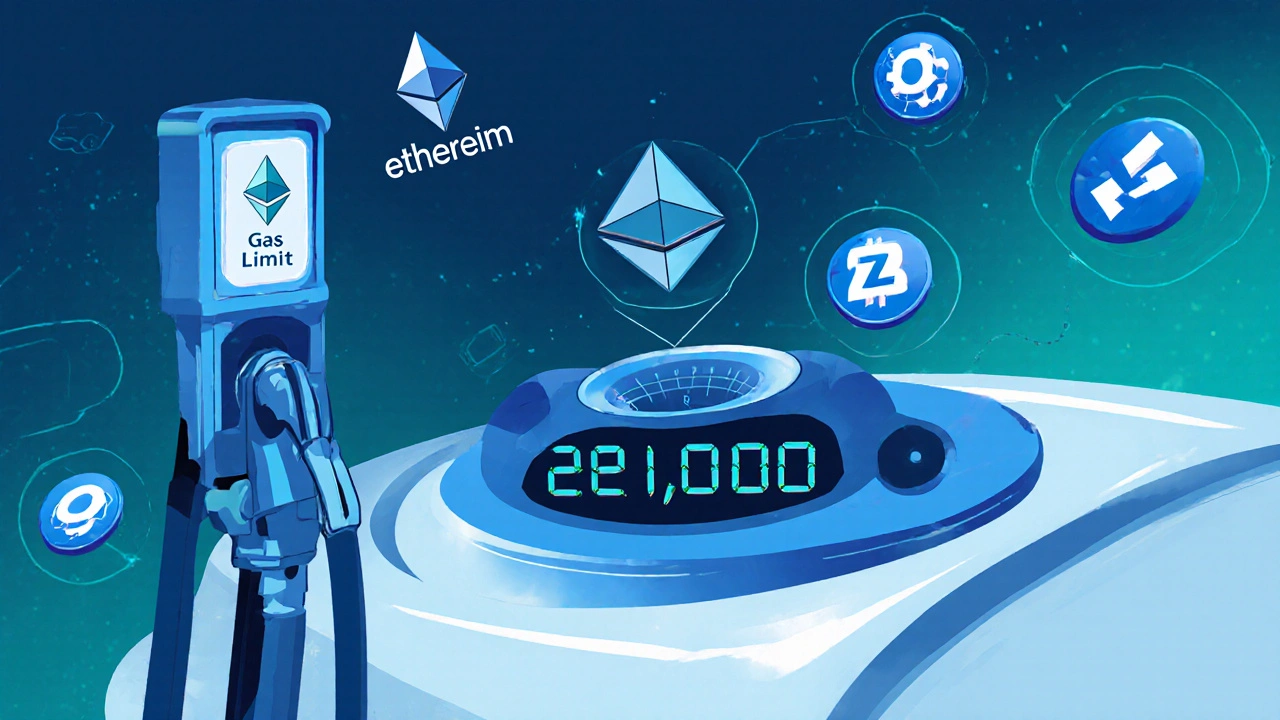Ethereum Gas: What It Is, How It Works, and Why It Matters
When you send ETH, swap tokens, or interact with a smart contract on Ethereum, you’re paying for Ethereum gas, the unit of computational effort required to process transactions on the Ethereum network. Also known as gas fees, it’s what keeps the blockchain running—like fuel for a car, but paid in ETH. Without gas, nothing moves. No transfers. No swaps. No NFTs. Just a quiet, frozen ledger.
Gas isn’t random. Every action has a cost based on complexity. Sending ETH to a friend? Low gas. Minting a digital collectible? Higher gas. Running a DeFi protocol? That can spike. The network charges you for the work your transaction makes miners or validators do. If you set your gas too low, your transaction sits in a backlog, waiting. Too high, and you’re overpaying for no reason. It’s not a fixed price—it changes by the minute, based on demand. Think of it like rush-hour traffic: more people trying to get through, higher the toll.
Understanding Ethereum gas isn’t just about saving money—it’s about making your crypto experience smoother. You don’t need to be a developer to grasp it. You just need to know when to wait, when to pay up, and why your transaction might fail even if you have enough ETH in your wallet. This isn’t magic. It’s mechanics. And once you see how it works, you stop blaming the app or the wallet and start working with the system.
Related concepts like gas fees, the actual cost paid in ETH to execute a transaction on Ethereum, and Ethereum transactions, any action that changes the state of the Ethereum blockchain, from simple transfers to complex smart contract calls are tied directly to how gas behaves. You can’t have one without the other. And blockchain costs, the broader category that includes gas, mining fees, and network congestion charges across different ledgers vary wildly—Ethereum’s is just the most talked about because it’s the most used.
What you’ll find below isn’t a textbook. It’s a collection of real posts that explain how gas affects everyday crypto users. You’ll see how people get burned by high fees, how they time their trades to save money, and why some tricks work better than others when the network gets busy. There’s no fluff. Just what you need to know to move your ETH without overpaying—or getting stuck.

What Is Gas Limit in Ethereum?
- by Cameron McComb
- on 6 Nov 2025
Gas limit in Ethereum is the maximum amount of gas you're willing to spend on a transaction. Learn what it is, how it works, and how to set it correctly to avoid failed transactions.
